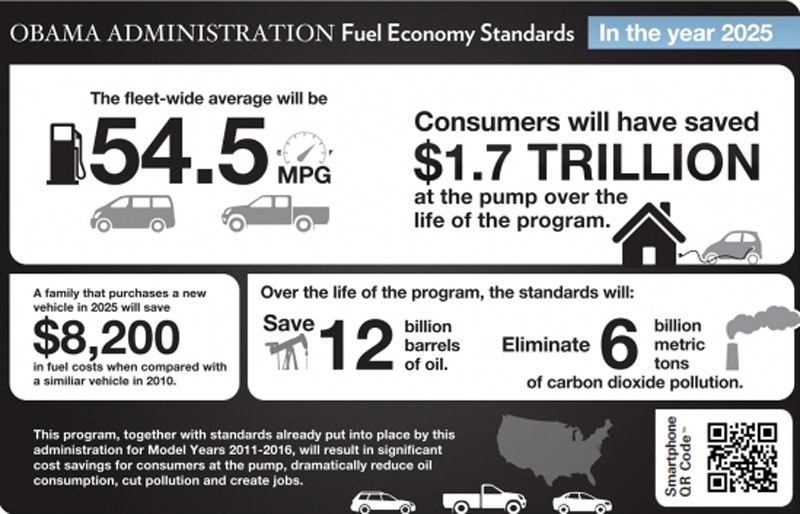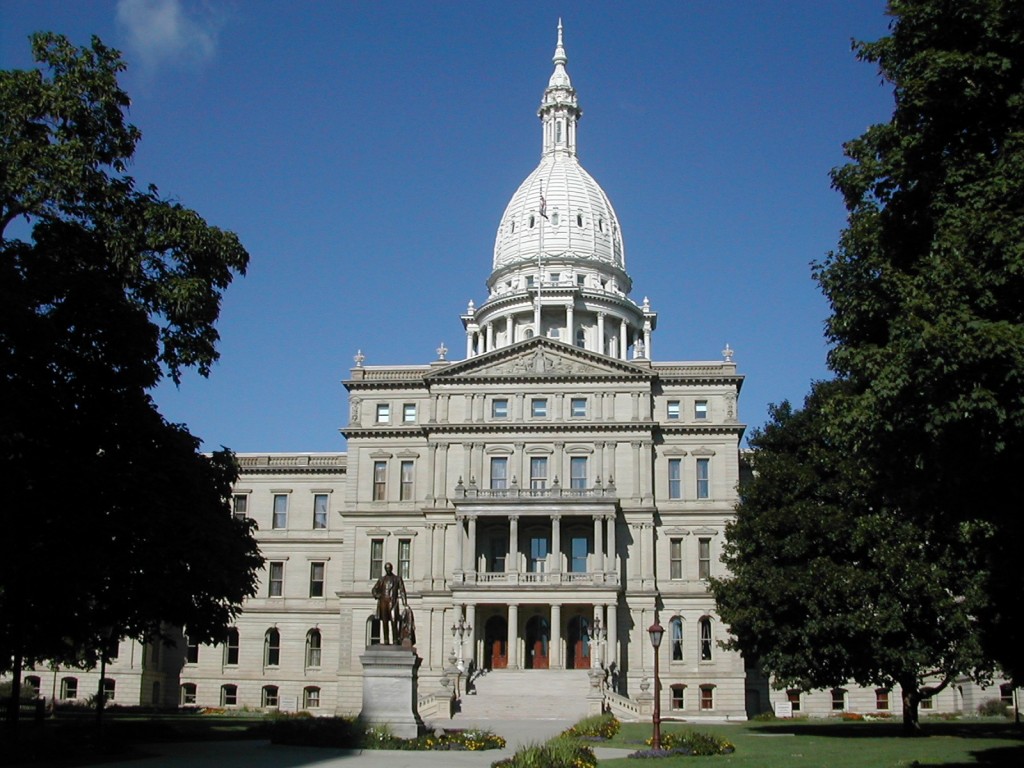
54.5 MPG CAFE standard for 2025
As automakers and policy wonks fret and fuss over future fuel economy standards, interested spectators may be lost in the fumes.
What exactly are Corporate Average Fuel Economy standards, and what's important to know about them?
The CAFE rules have many layers and facets—far too many to put into a single story that won't take an afternoon to read—but a few key points can serve as a primer for details to come.
Here's our list of what's worth knowing today about the relationship between you and your gas tank:
1. Don't believe the hype
If the headline number of "54.5 mpg by 2025" seems too good to be true, that's because it is.

Petro-Canada gas station, Crossfields, Alberta, with electric-car charging station
The EPA uses so-called "adjustment factors" and outdated test cycles, according to the Union of Concerned Scientists. The group says the final figure in for CAFE standards 2025 would be closer to 35 to 37 mpg in real-world fuel economy.
Much of that comes from credits that automakers can purchase to "offset" CAFE standards, which we'll get to shortly.
In addition to testing methods, the actual CAFE requirement is based on the size of the vehicle. According to the standards, the 2025 fuel economy average for the smallest cars would be 61.1 mpg and the largest cars would be 45.6 mpg.
For light trucks in 2025, that means that the biggest trucks would be 30.2 mpg to 50.4 mpg—but again, that's wholly dependent on the testing routines. (Interestingly, the wide span for trucks can create a "dead zone," which is why automakers have sometimes struggled to offer smaller trucks.)

Lawmakers want tougher rules than 35MPG-2020 CAFE standard
2. It's worked so far ...
For the several years in a row, automakers have increased the efficiency of their vehicles—using CAFE standards, at least. More than half of new cars met or beat their CAFE targets in 2016, according to a report.
And, according to the EPA, fuel economy for new cars has improved 26 percent from 2004 to 2014, the last year that data is available.
Preliminary data for 2015 shows a modest 1.5 percent year-over-year improvement.
3. ... Kind of
Part of the EPA's adjustment factors include automakers buying and selling unused emission credits to offset vehicles that lag behind their CAFE targets.
A detailed report by the EPA shows the credit availability at many automakers—as well as the credit deficit others must overcome. Prices for the credit purchases aren't publicly disclosed, but reports indicate that automakers pay millions of dollars to other makers to comply with CAFE standards.
Companies such as Fiat Chrysler Automobiles may use the CAFE credits to comply with some aspects of the law temporarily, but not for long. As part of the plan approved by Congress, those swaps will become exponentially more expensive, before being phased out altogether eventually.

Michigan state capitol, Lansing (photo by Brian Charles Watson)
4. CAFE may change
Policymakers are now conducting a mid-term review of the CAFE standards, though initial reports show that many of the key benchmarks aren't likely to change.
Still, automakers are pushing back on some of the tougher standards, according to The New York Times.
And, in a world of $2 per gallon gas and soaring SUV sales, meeting targets set in 2010 for 2025 could be particularly arduous.
Stay tuned, as we should have a clearer picture of how CAFE might evolve by the end of this summer.

Gas pump
5. All CAFE isn't the same
Cars and trucks are playing by two sets of CAFE rules. Cars are expected to achieve higher fuel efficiency numbers in a smaller range, whereas trucks have a broad range and relatively lower targets.
Few cars, except for a few hybrids and plug-in hybrids, meet their 2025 goals today, and it may be hard to imagine a Ford Taurus, Chrysler 300 or Chevrolet Impala reaching a target of 45.6 mpg (or even 38 mpg) in less than a decade.
Most big sedans barely manage more than half of that target in combined driving today. Whether the technology exists—at an affordable price—to help those cars reach that target remains to be seen.
The magic bullet? Plug-in electric cars, which consume no fuel some or all of the time, will help offset these numbers.
_______________________________________













